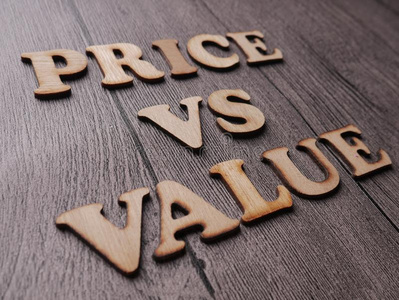First, the Core Positioning and Philosophy Differ:
Marketing-Oriented Manufacturer: Focuses on market promotion and sales closure, aiming to rapidly expand market share and pursue shipment volume. They are like a smooth-talking "Car Salesperson," emphasizing the car's luxurious features, comfort, and brand image, but may not delve deeply into the technical details of the engine and transmission.
Technology-Oriented Manufacturer: Focuses on equipment performance, stability, and process suitability, striving to build precision machines that solve customers' actual production challenges. They are like a taciturn "Race Engineer," who may speak less, but every word concerns chassis tuning, aerodynamics, and powertrain matching, ensuring the car performs stably under extreme conditions.
Secondly, the Following Comparison Table Helps Understand Their Focus Areas:
| Dimension | Marketing-Oriented Manufacturer | Technology-Oriented Manufacturer |
|---|---|---|
| Core Competitiveness | Market promotion, channel building, pricing strategy, exterior design. | Mechanical R&D, electrical engineering, software algorithms, process research. |
| Communication Style | Emphasizes specs, feature lists, promotional prices. Smooth communication, makes commitments easily, facilitates business relationships. | Probes into printing processes, discusses application scenarios, analyzes potential problems. Communication might seem overly "meticulous" or even "dampens" unrealistic expectations. |
| Product Demonstration | Machines in showrooms or exhibitions have refined exteriors, focus on user experience and interface. | Might allow factory tours to showcase internal structure, core components, and machining quality. |
| Core Components | May use a mix of branded and generic components, highlighting known brands to build credibility. | Extremely focused on core component brands and compatibility (e.g., THK/Hiwin ball screws, Panasonic/Mitsubishi servos, Keyence CCD), pursues overall system stability and harmony. |
| Mechanical Structure | Often uses standardized modular design to reduce costs. | Typically invests more in frame rigidity and mechanical structure, using quality steel and stress relief annealing to ensure long-term accuracy fundamentally. |
| Software System | Feature-rich, user-friendly interface, but underlying algorithms and customization capabilities might be weaker. | Interface might be plain, but algorithms are robust (e.g., CCD recognition, motion control curves), and may support a degree of deep customization. |
| After-Sales Service | Quick response, but may rely on module replacement, with limited deep-level repair capability. | Possesses ability to diagnose and solve underlying technical issues, can provide professional process debugging support. |
| Pricing Strategy | Transparent pricing, frequent promotions, highlights cost-effectiveness. | Prices are usually higher, reflecting greater costs in R&D, materials, and quality control. |
Finally, Make the Most Suitable Choice Based on Your Production Needs and Value Perception:
A Marketing-Oriented manufacturer might be a suitable choice if you have:
A strictly limited budget and primarily perform standard, low-to-medium precision printing.
Simple product types, with no high demands for extreme performance or high stability.
A need for fast delivery and standardized after-sales service.
A need for an entry-level machine or a replacement for old equipment to meet basic production needs.
You must choose a Technology-Oriented manufacturer in the following situations:
Products involve high precision, multi-color registration (e.g., electronic components, touch panels).
High-volume production, heavy workload, with stringent requirements for long-term stability and durability.
Need to solve special process challenges (e.g., large format, high tension screens, special inks).
View the equipment as a long-term investment, concerned with its Total Cost of Ownership throughout its lifecycle, not just the purchase price.
Require the manufacturer to have deep technical support capabilities and collaborate on process optimization.

Final Recommendation:
When contacting any manufacturer, consciously observe and ask questions based on the points above, pose a specific technical challenge from your production line, you will likely find that a Technology-Oriented manufacturer's eyes light up; they will delve into the details and start brainstorming solutions. In contrast, a Marketing-Oriented manufacturer might try to steer the conversation back to their standard talking points or price advantages. A "Marketing-Oriented" manufacturer is like a "Seller," while a "Technology-Oriented" manufacturer is more like a "Partner." , especially in a process-dependent field like screen printing, the value of long-term equipment stability and manufacturer technical support far outweighs the initial cost savings from a cheaper purchase.
Contact: Bruce Lee
Phone: 13714371086
Email: hnlyxiaolong@163.com
Add: Room 203, 2nd Floor, Building 1, Yongshengfa Technology Park, No. 28 Daxing Road, Dalingshan Town, Dongguan City, Guangdong Province, China